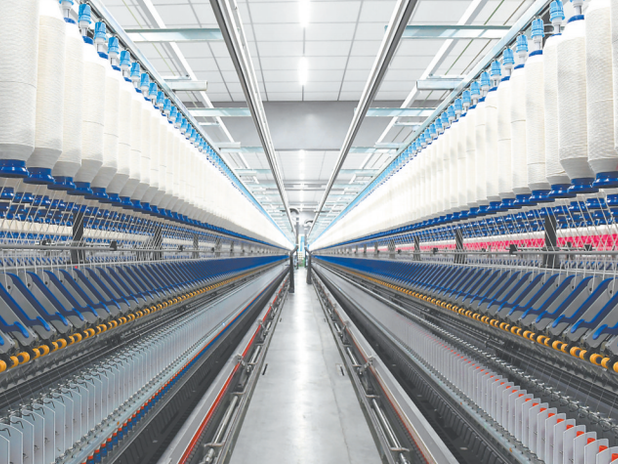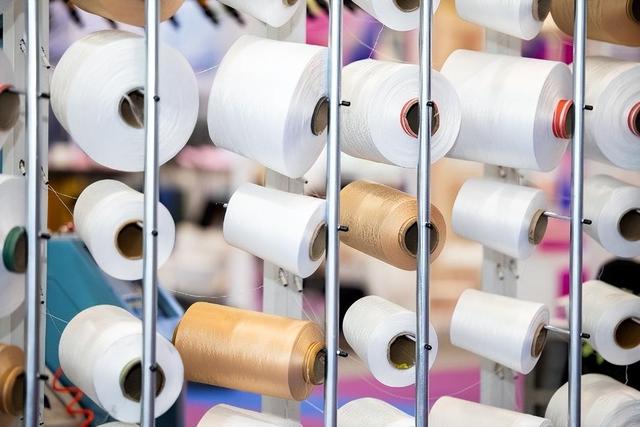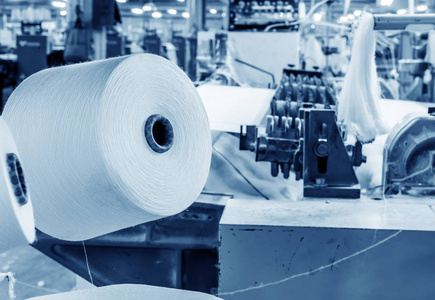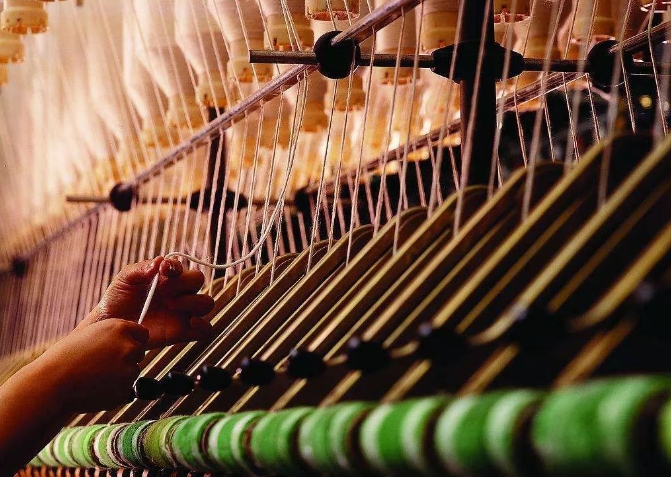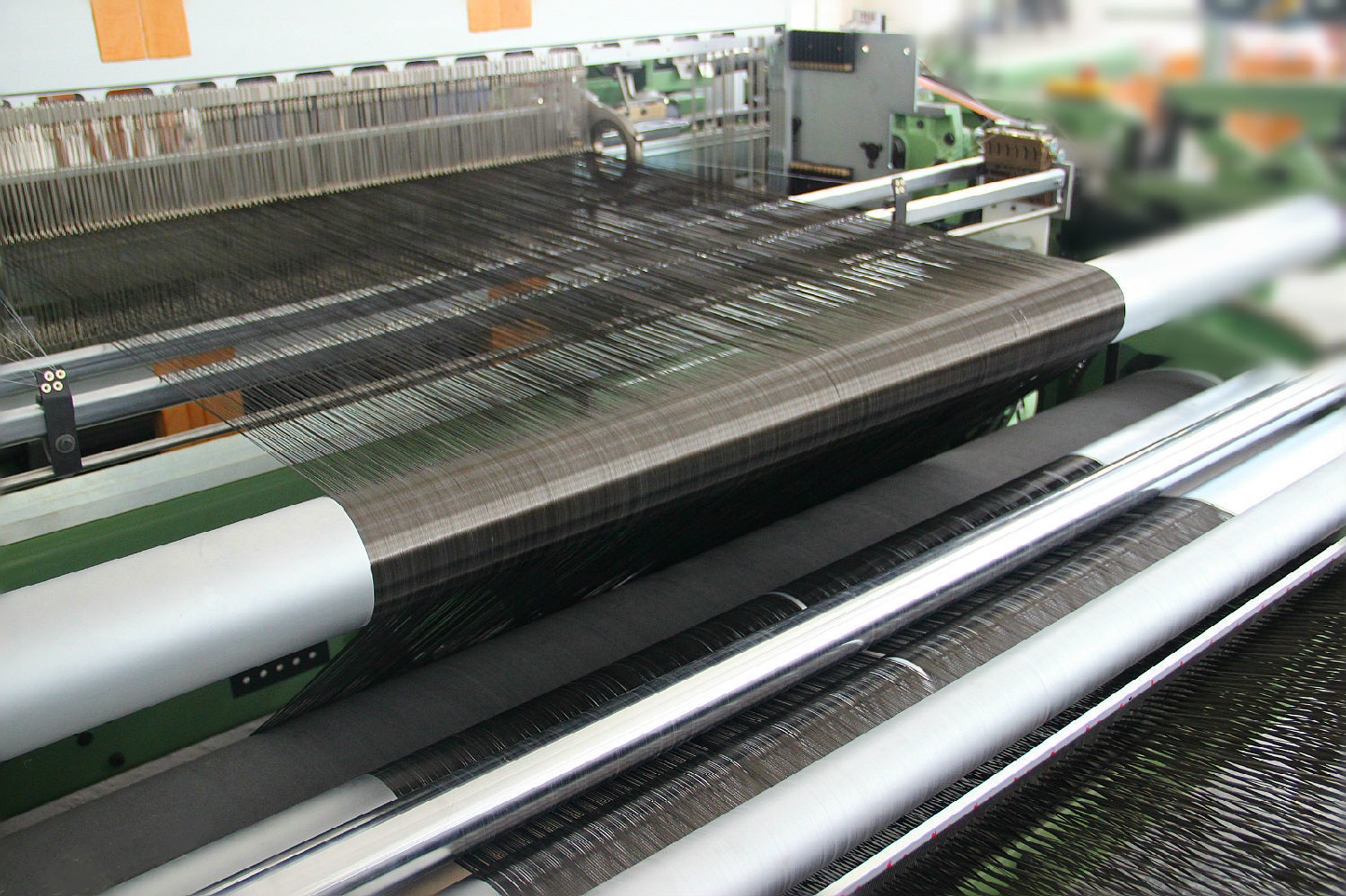The textile machinery industry and many other industrial sectors are interdependent and mutually reinforcing. For example, the steel used to manufacture knitting needles requires good extensibility, toughness, necessary hardness, rigidity and elasticity, which requires the metallurgical industry to smelt and roll special steel.
17
2023
/
10
Classification of Textile Machinery Manufacturing Industry
The textile machinery manufacturing industry is divided into two categories: ① the manufacture of the whole machine; ② the manufacture of special spare parts (such as spindles, cradle, steel collar, wire ring, knitting needle, needle cloth, heddle, warp stop piece, etc.).
17
2023
/
10
A variety of mechanical equipment needed to process natural or chemical fibers into textiles. Generalized textile machinery also includes chemical machinery for the production of chemical fibers.
17
2023
/
10
All kinds of mechanical equipment needed to process natural fibers or chemical fibers into textiles. Although the machinery for the production of chemical fibers includes a variety of chemical machinery, it is now considered to be an extension of textile machinery and is a generalized textile machinery. The processes required to process different fibers such as cotton, hemp, silk and wool into textiles are different, and some are completely different, so the machines required are also various and various. Textile machinery is usually classified according to the production process, including: spinning equipment, weaving equipment, printing and dyeing equipment, finishing equipment, chemical fiber spinning equipment, silk reeling equipment and non-woven fabric equipment. Spinning equipment is divided into processing short fiber and processing long fiber two categories. Cotton and cotton-type chemical fibers are short fibers, wool, hemp, silk and their blended chemical fibers are long fibers. The processing procedures of the two types of fibers are different, and the equipment is not universal, but the design principles of some machines are similar. Even if the same type of equipment, the structure of the machine is similar, but due to the nature of the raw materials and the final requirements of the fabric are different, generally can not be universal. Textile machinery is the means of production and material basis of the textile industry, its technical level, quality and manufacturing costs, are directly related to the development of the textile industry.
17
2023
/
10
A loom is a machine used to make yarn or other elongated materials into fabrics by weaving or weaving. Looms can be divided into different types according to different textile processes, such as hydraulic looms, pneumatic looms, and electric looms. Here is a brief introduction to several common looms:
17
2023
/
10



